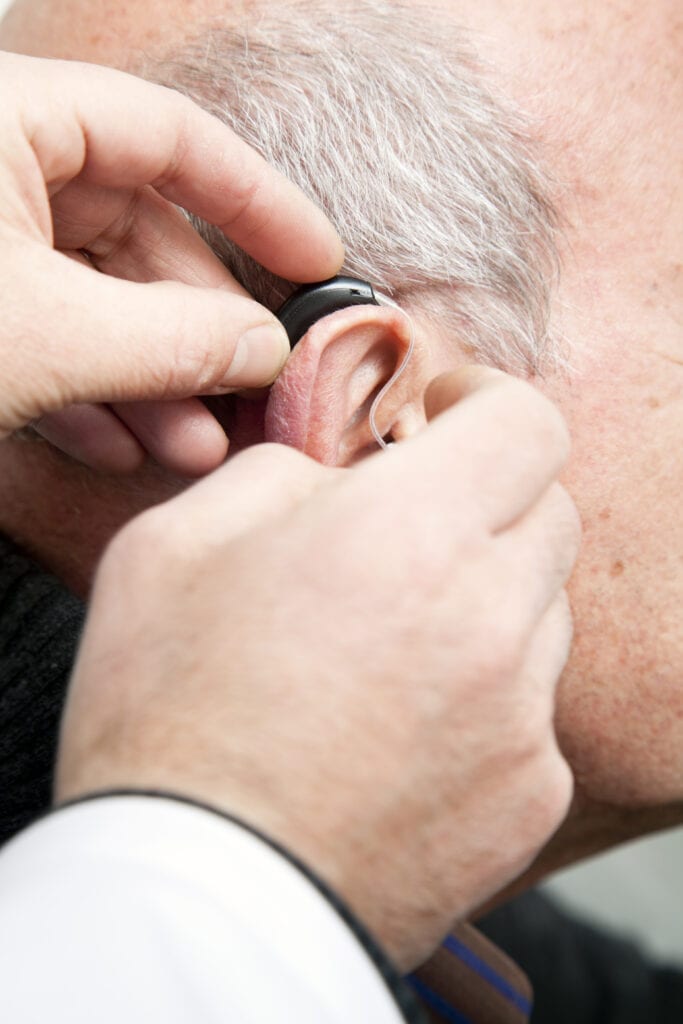Adapting to hearing the world more normally using hearing aids is different for everyone depending upon many factors including the type and degree of hearing loss, how long the hearing loss has gone untreated, and what the individual’s daily hearing needs are. There are common factors as well that most anyone can expect while adapting to hearing the world again.
If you will allow me to use an analogy, imagine that you receive a package on your doorstep. You open the package to realize that someone has sent you a jigsaw puzzle as a gift. Now imagine opening the puzzle box, sorting out the corner and edge pieces and putting the puzzle together to discover what the picture is.
The nerve pathway from your ear to your brain is the delivery person. Our ears detect the sounds in our environment, convert them to nerve signals, and carry them to our brain. As we develop hearing loss some parts of this pathway become less active because they have no sound to deliver to the brain. When those sounds are reintroduced using hearing aids those pathways must get adjusted to doing their job again and doing it correctly. If your postal carrier or delivery driver went on vacation it would take them a little time to get “back in the swing of things” when they came back to work. For most people, this part of the process is the fastest – sometimes taking only a few days – although that does vary depending upon how long the hearing loss has been present.
Once the sounds have been delivered it is your brain’s job to put the puzzle together. Our brains begin sorting sounds based primarily on their pitch and volume, much like sorting out the edge and corner pieces of a jigsaw puzzle. Then sounds are sorted based upon what type of sound they are. Sounds are organized in our brain differently based upon whether they are speech sounds, musical sounds, environmental noises, alarms, etc. This process gets complicated by hearing loss because not all the puzzle pieces are being delivered. Most people describe this as being able to hear, but not understand. When we reintroduce those sounds the brain must relearn how to sort them and organize them properly. My mother can put together a very large puzzle in a relatively short period of time because she puts them together regularly. The same puzzle would take me much longer because I haven’t put a jigsaw puzzle together for many years. The majority of this “brain retraining” process happens within a matter of weeks for most people, but it continues for months or even years as our brains continue to get better at putting the puzzle together.
So, what does that look like in real life? For most people, the first 3 to 4 days is the most challenging part of the process. Everything, including the patient’s own voice, sounds so different that all you are certain of is that things have changed. After those initial few days, the nerve pathway and the brain begin to adapt, and the patient begins to notice the benefits of their hearing aids. Fortunately, current hearing aid technology is specifically designed to help with this adaptation process so that you can transition from untreated hearing loss to the full benefits of amplification gradually and as smoothly as possible. We are able to set the aids to a soft level that is easier to adapt to initially and the aids will very gradually move you closer and closer to better hearing with each day that you wear them. The aids will also automatically adapt themselves to different listening environments and volume levels. These, along with other features, has made the process of adjusting to hearing the world again much easier than it was even a few years ago.

